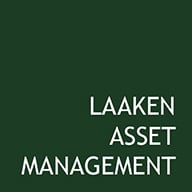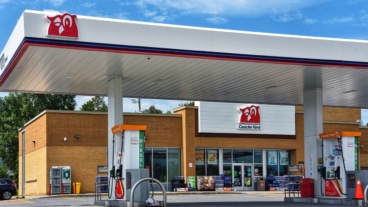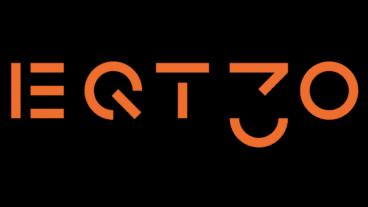April 10, 2025

After years of underperformance, Europe may be entering a phase of structural reawakening. Geopolitical shifts, a new fiscal strategy in Germany, and increased EU coordination suggest a long-term opportunity. Laaken has responded with a targeted thematic allocation to select European equities.
European Equities: Lagging but Promising
Over the past two decades, the STOXX Europe 600 has returned 341%, compared to 754% for the S&P 500. Much of this gap is explained by stronger U.S. earnings growth and technological leadership, while Europe remained dominated by capital-intensive industries and high investment needs.
Fiscal policy also played a role. Since 2008, the U.S. has embraced large budget deficits, whereas Europe—particularly Germany—adhered to strict EU fiscal rules: a 60% debt-to-GDP limit and a 3% deficit ceiling. These constraints hindered growth.
A New Course: Germany Invests
This changed in early 2025 with the election of Chancellor Friedrich Merz. His CDU/CSU party, in coalition with the SPD, introduced a landmark fiscal package:
- €500 billion in infrastructure investments over ten years (approximately 1% of GDP annually)
- Defense spending excluded from the existing 1% debt cap
Goldman Sachs estimates that German GDP will grow 1% faster annually starting in 2026. Defense spending could rise from 2.5% of GDP in 2025 to 3.5% by 2027. It is the largest investment effort in Germany since the Marshall Plan.
EU Support: Room for Defense and Reconstruction
The European Commission supports this pivot. Under the “ReArm Europe” initiative, defense spending is expected to be exempt from Stability and Growth Pact limits. A joint EU bond framework, similar to the COVID-19 recovery fund, is in development to finance military investments.
This flexibility is vital for highly indebted nations like Spain (~100% debt-to-GDP), France (~110%), and Italy (~135%). Germany’s shift from fiscal restraint provides political cover for broader European investment.
Rebuilding Ukraine: A Long-Term Endeavor
Beyond defense, Ukraine’s reconstruction demands vast capital. The World Bank and United Nations estimate war-related damage at $524 billion. As the conflict continues, these costs will rise.
While media focus remains on arms deliveries, there is also a need for infrastructure, housing, energy, and transport investment. This opens new markets for European firms in construction, defense, and industrial tech.
Our Investment Strategy: Selective and Substantiated
Laaken has added a small, focused thematic allocation to companies poised to benefit from this new investment wave. These firms carry slightly higher risk but offer long-term upside potential.
Selected companies:
- Heidelberg Materials AG – A leading supplier of cement and construction materials, well positioned to benefit from European infrastructure investment.
- Deutsche Bank AG – With 44% of its revenue from Germany, Deutsche Bank stands to gain from rising growth, expanded lending, and higher long-term rates.
- Thales SA – Active in both defense and civilian infrastructure, Thales supplies security and radar systems for airports and train stations, as well as naval and aviation defense equipment.
- Rheinmetall AG – A leader in military vehicles and munitions, Rheinmetall plays a central role in Germany’s defense renewal and support for Ukraine. Despite recent share price gains, we still see attractive growth prospects.
These holdings differ from Laaken’s traditional profile: they are more capital-intensive and sensitive to political decisions. Nonetheless, we believe they offer significant value creation potential in today’s climate—if approached selectively and with a clear view of risks.
Conclusion: Europe Poised for a Comeback
After years of lagging behind, Europe appears to be undergoing a structural transformation. A combination of revised fiscal policy, geopolitical urgency, and renewed EU collaboration is generating fresh economic momentum. Germany plays a pivotal role, backed by historic investment packages. Laaken is selectively participating in this opportunity while maintaining a disciplined and risk-aware approach.






